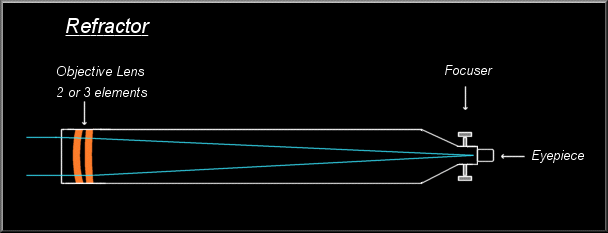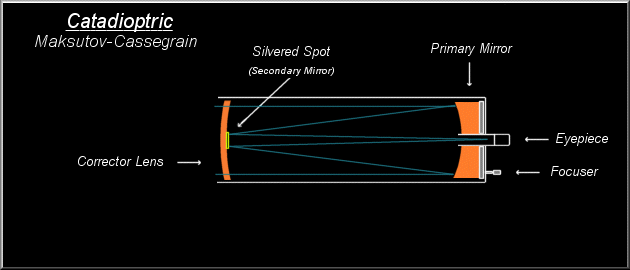
Telescopes and their types
Probably as everyone who has spent nice nights outside, you have lifted your eyes up to the sky and admired the unseen view. We can see a lot of wonderful things out there. However, with the naked eye you can see only a very small fraction of the sky. So, if you are already on this page, I think, that you want to see a lot more. Therefore, our observational assistance will be devices called telescopes. With its help, you will be able to see sky objects such as: stars, planets, galaxies, nebulas, comets, meteors and many other phenomenas.
So what is a telescope?
A telescope is a device used to magnify distant objects. There are many types to choose from, and many price ranges to consider. It was designed to make distant objects appear nearer, containing an arrangement of lenses, or of curved mirrors and lenses, by which rays of light are collected and focused and the resulting image magnified.
Types
There are different types of telescopes. Most popular are the Refractor, Reflector, and Catadioptric.
A refracting telescope uses a convex glass lens to bend light and bring it into focus. This lens is thicker in the center, which bends the light more at the edge of the lens than light coming through the center, allowing all of the light to come together at a focus point. The point of focus is where the image is created.




A reflecting telescope is one that uses mirrors to reflect the light in order to form an image. Reflecting telescopes use curved mirrors to collect light and form an image. Once the image is formed, the lens magnifies it and sends it to the eye.




Catadioptric Telescopes
Catadioptric telescopes are essentially a combination of a refractor and a reflector. There are 2 very popular flavors widely available in today's telescope marketplace. One is the Schmidt-Cassegrain, and the other is the Maksutov-Cassegrain (see images below). These telescopes fold the light path 3 times allowing for a much shorter tube. Because of their clever use of corrective lenses and lack of a spider to hold the secondary mirror, they are free of many of the optical defects present in refractors and reflectors.





